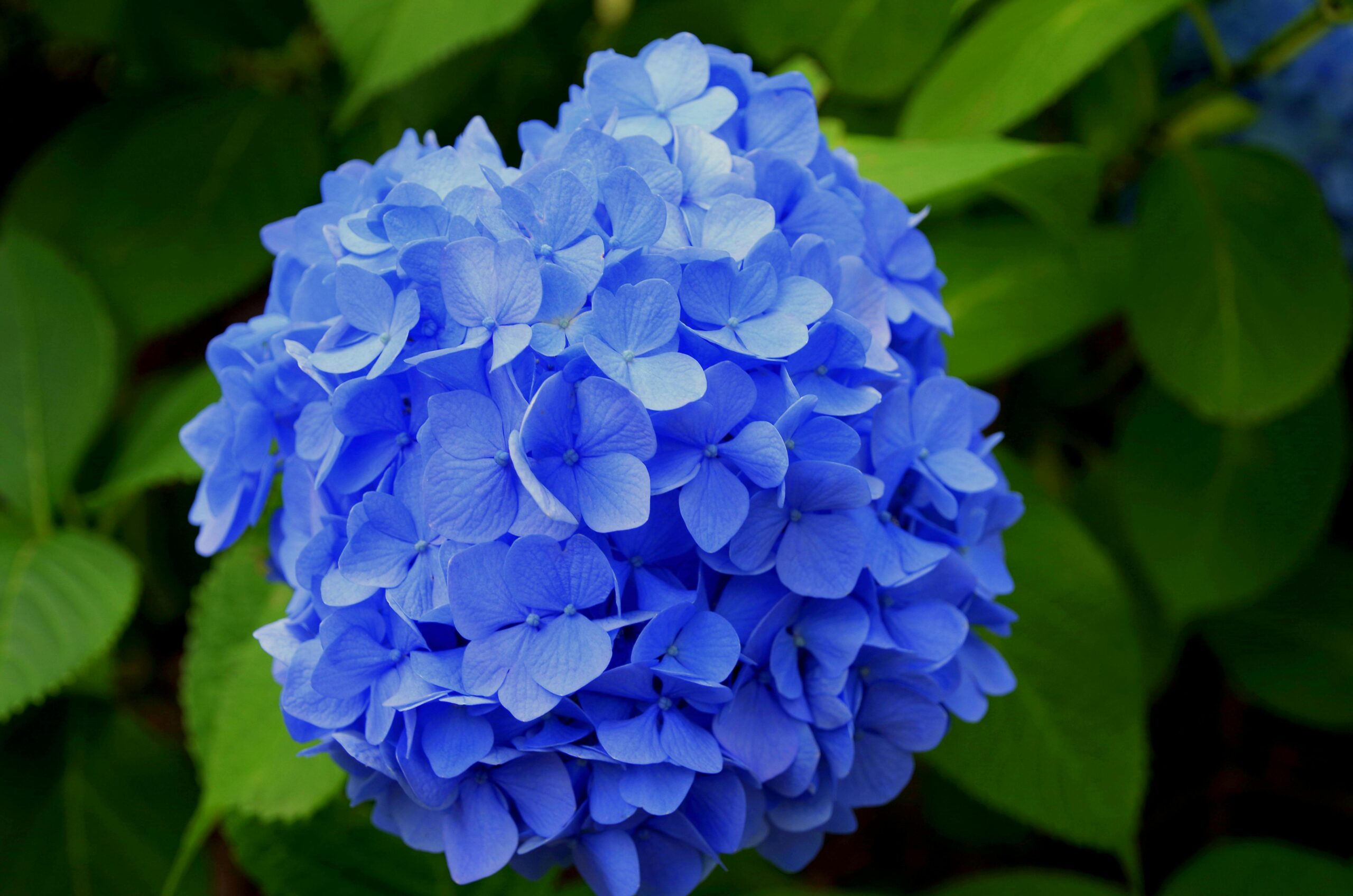- LIFE
64 Very Best January Quotes


Hydrangeas, with their lush blooms and vibrant colors, are a favorite among gardeners and plant enthusiasts. However, achieving those stunning flower clusters requires understanding their specific care needs. This comprehensive guide provides everything you need to know about how to take care of hydrangeas, from selecting the right variety to maintaining their health throughout the year. Whether you’re a novice gardener or a seasoned green thumb, these hydrangea care tips will help you cultivate thriving plants that enhance your garden’s beauty.
Hydrangeas are beloved for their large, colorful flower heads that can range from white to pink, blue, and even purple. These deciduous shrubs are part of the Hydrangeaceae family and are native to Asia and the Americas. They are versatile and can be grown in a variety of climates, making them a popular choice for gardens worldwide.
Understanding the different types of hydrangeas is crucial to providing the appropriate care. Here is a list of hydrangea varieties commonly grown in gardens:
When selecting a hydrangea variety for your garden, consider factors such as climate, available space, and desired flower color. Bigleaf hydrangeas thrive in mild climates and provide a stunning display of blue or pink blooms, depending on soil pH. Panicle hydrangeas are more tolerant of cold weather and can handle full sun, making them suitable for northern regions.
Hydrangeas prefer well-drained, fertile soil and a location that offers morning sun and afternoon shade. The ideal pH level for hydrangeas varies by type, with Bigleaf hydrangeas requiring more acidic soil for blue flowers, while Panicle and Oakleaf hydrangeas are less particular.
Hydrangeas require consistent moisture, especially during their active growing season. Here’s a weekly watering schedule to keep them hydrated:
Fertilizing hydrangeas helps promote healthy growth and vibrant blooms. Use a balanced, slow-release fertilizer in early spring, and follow these application methods:
Pruning is essential for maintaining the shape and health of your hydrangeas. The timing and method depend on the variety:
Hydrangeas can be affected by several pests and diseases, including:
Regular monitoring and prompt treatment with appropriate insecticides or fungicides can help manage these issues.
If your hydrangeas aren’t thriving, consider these common problems and solutions:
Proper seasonal care is crucial for hydrangea health. Follow this monthly breakdown for optimal results:
Caring for hydrangeas doesn’t have to be expensive. Here are some budgeting tips:
With the right care and attention, hydrangeas can become a stunning centerpiece in your garden. By understanding their specific needs—from selecting the right variety to providing consistent care—you’ll enjoy vibrant blooms and healthy plants year-round. Use this guide as a reference to master the art of growing hydrangeas, and watch your garden flourish with these beautiful and versatile shrubs.